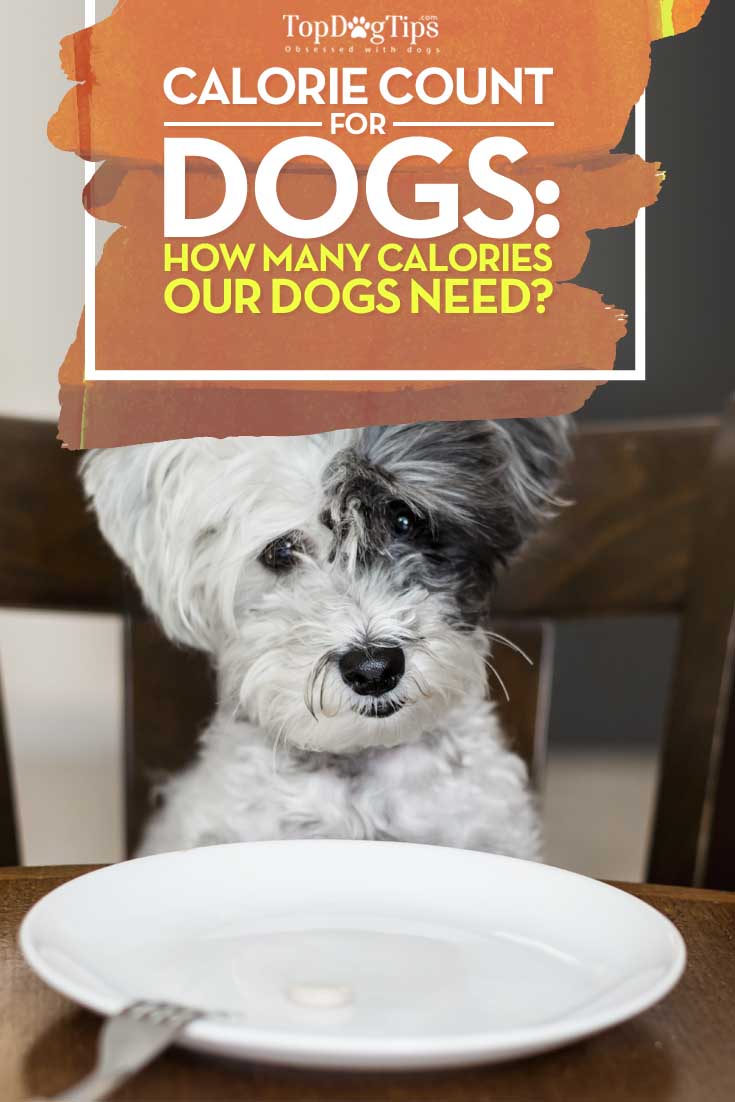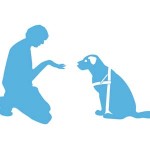
 Unfortunately, it is impossible to correctly calculate exactly how many calories a dog needs per day. There are so many variables! Think about what it takes to calculate a human's calories. Experts use a person's height, weight, activity level, hours of sleep, metabolic rate and more to calculate exactly how many calories that person needs to eat everyday. We can control many of the variables that effect our calorie requirements, but we can't do the same for our dogs.
Unfortunately, it is impossible to correctly calculate exactly how many calories a dog needs per day. There are so many variables! Think about what it takes to calculate a human's calories. Experts use a person's height, weight, activity level, hours of sleep, metabolic rate and more to calculate exactly how many calories that person needs to eat everyday. We can control many of the variables that effect our calorie requirements, but we can't do the same for our dogs.
Yes, you can get your canine companion up off the couch and out for a walk, but can you control his activity level during the day while you're away at work? Can you control how many hours he sleeps each day? Can you control the grass, bugs and other things that he eats while he's outside?
Not only that, but can you calculate your dog's metabolic rate? What about his body mass index? Although we may not be able to get an exact figure, you can answer the question how many calories a dog needs per day with an accurate estimate.
If you're planning on feeding your pup based on his caloric needs, the best thing to do is consult our veterinarian to get the most accurate estimate possible.
RANKED: Top 15 Best Low Fat Dog Food Brands
Let's Talk: How Many Calories A Dog Needs Per Day?
Many pet owners want to know how many calories a dog needs per day, but they are unaware of how to make the calculation. If you do decide to calculate your pet's caloric needs, remember to use the number as an estimate only.
RELATED: Top 10 Best Dog Food Brands for Optimum Health
You'll still need to monitor your dog's weight, body condition and overall health and well-being to make dietary adjustments when needed.
It's also important to seek the advice of your vet, especially if your dog has any health conditions. Virtually every health ailment can be positively or negatively impacted by diet, so you don't want to make any changes without being 100% sure it's the best choice for your Fido.
Step 1: Finding RER
 All dogs have a Resting Energy Requirement (RER), which is essentially the energy that their body needs to fulfill basic tasks such as breathing, digestion and heart function. According to the Ohio State University Veterinary Medical Center, there is a simple equation that can help your find your dog's RER.
All dogs have a Resting Energy Requirement (RER), which is essentially the energy that their body needs to fulfill basic tasks such as breathing, digestion and heart function. According to the Ohio State University Veterinary Medical Center, there is a simple equation that can help your find your dog's RER.
First, you'll need to figure out how many kilograms your dog weighs. You can easily type your dog's weight in pounds into any search engine to find the conversion information.
I'll use our 5-year-old boxer, who is currently at a healthy weight, as an example. She weighs 60 pounds, which is roughly 27 kg. Raise that number to the 3/4 power. 27 to the 3/4 power is about 12.
Finally, you take that number and multiply it by 70. Our 60 pound, spayed female dog would need roughly 840 calories per day just to satisfy her RER.
Now, this number will be effected if your pet is not spayed or neutered and it will also vary depending on your dog's current weight condition.
Step 2: Calculate daily energy needs
 Once you've figured out your pup's RER, the Veterinary Medical Center at OSU says you can use that information to calculate your dog's daily energy needs. When most dog owners ask how many calories a dog needs per day, they are typically thinking about this number.
Once you've figured out your pup's RER, the Veterinary Medical Center at OSU says you can use that information to calculate your dog's daily energy needs. When most dog owners ask how many calories a dog needs per day, they are typically thinking about this number.
Pet parents want to know how much energy their dog burns in a day, but as you can tell a canine's total caloric needs are much more complex than that.
Your dog's RER can be multiplied by certain factors to give you an estimate of his total daily energy needs. Your dog's actual needs could vary by up to 50% from this calculation, so these numbers should only be used as a starting point. Observing your dog closely and monitoring his weight will tell you if the calculations need to be adjusted.
Here's a very useful table:
| Neutered adult | =1.6 x RER |
| Intact adult | =1.8 x RER |
| Inactive/obese prone | =1.2-1.4 x RER |
| Weight loss | =1.0 x RER for ideal weight |
| Weight gain | =1.2-1.8 x RER for ideal weight |
| Active, working dogs | =2.0-5.0 x RER |
| Puppy 0-4 months | =3.0 x RER |
| Puppy 4 months to adult | = 2.0 x RER |
This table above provided by the Veterinary Medical Center at OSU shows the known life stages and corresponding factors used to estimate the daily energy needs for dogs:
Step 3: Making Adjustments
Once you've figured out how many calories a dog needs per day, you're not finished. As I've mentioned, this is just a starting point. Your vet will also look at your pet's muscle condition to be sure he is getting enough protein.
It's important that your dog is eating the right kind of food and not just the right amount. Dogs that are more active will require a different type of food than senior dogs who live a more sedentary lifestyle.
When choosing a diet for your dog, calories aren't the only thing you'll need to consider.
Working with a canine nutritionist would be an excellent idea if you're concerned about your pet's dietary needs. They'll work with you to select a diet and calculate the feeding requirements for your dog's specific needs. Then it's up to you to do the rest.
A dog's dietary needs will fluctuate throughout his life. As he ages, his metabolism will slow down. His activity level may vary a lot over the course of his life. It is our responsibility as pet owners to watch our dogs closely to see how their diet is effecting their everyday life.
Your dog cannot speak. If he's not getting enough food throughout the day he can't tell you that he's hungry. If he's getting too much he certainly won't tell you that either. You'll have to watch his body for changes and adjust his diet accordingly.
Now it’s your turn!
Do you feed your pet based on his caloric requirements? How did you decide what diet would be right for your dog? If you've discussed canine diets with your veterinarian or a canine nutritionist, we'd love to hear about your experience. Let's Talk!














